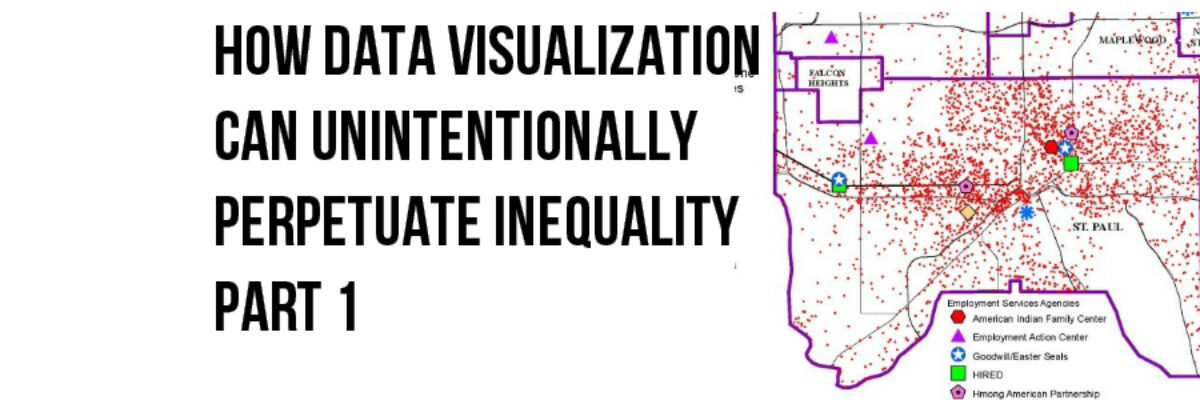The Case of the Bleeding Infestations
This is an approximation of that map (the original having too much embarrassing identifiable information on it) created by Mark Herzfeld, Senior Program Evaluator at Ramsey County and former colleague of Vidhya.
Mark redesigned the infestation map in two ways so it was less visually insulting.


Mark’s second redesign, where individuals aren’t mapped but rather the poverty rates are identified at the census tract level, may be the best solution because it aggregates the issue rather than identifying individuals. It also doesn’t use angry red, which Mark found on this other map of the area, and which he said looks “like gaping wounds sucking all the money out of public coffers.”
The original designers of these maps likely didn’t intend to offend anyone (well, let’s just assume that’s the case). Let this be a learning opportunity for the rest of us to be ever mindful of our choices in colors and visuals so that we can maintain respect for the individuals that provide us with their personal data.
See the other posts in this series: Inequality Part 2 and Part 3



